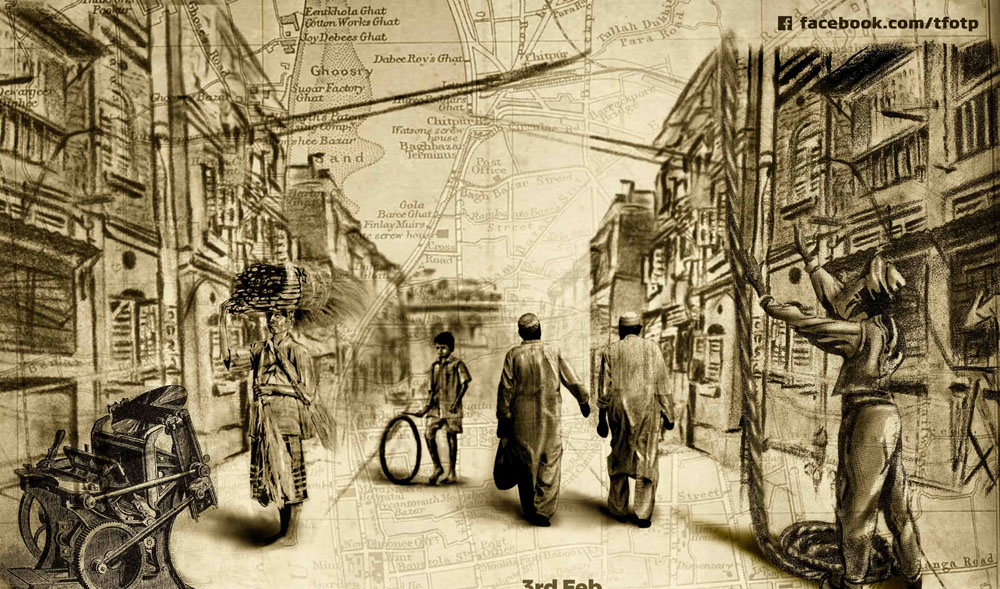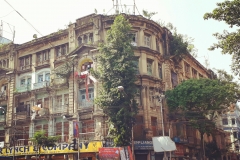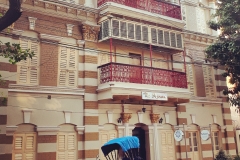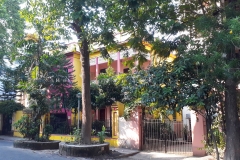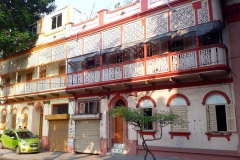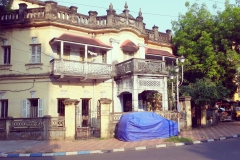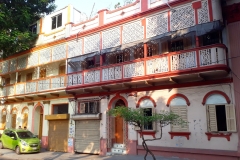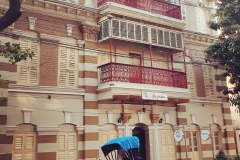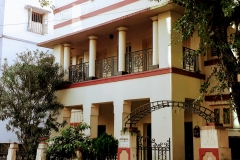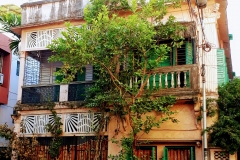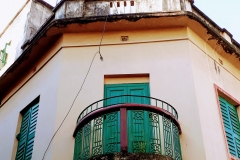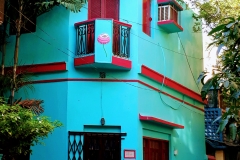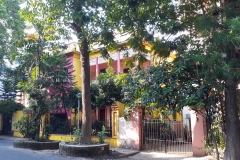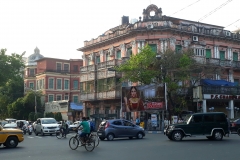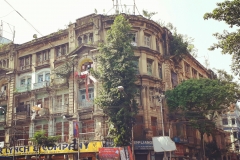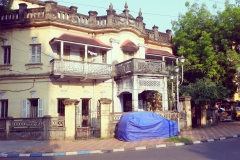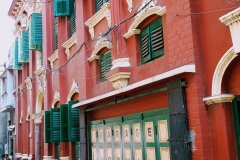Gallery
Calcuttahouses and CAL
Calcutta remains a more intimate space than most other cities and that has much to do with the streets and the homes that line them. Often built in the first half of the 20th century in South Calcutta, in the late 19th century in the North, these houses are not only exteriors or facades. The identities of neighbourhoods have been fashioned by them in a way that lends something unique to the idea of the city. As young photographers exploring the ‘Calcutta clichés’ – the trams, the hand-pulled rickshaw, the Ambassador and the earthen idols of Kumartuli – I would often tire of these scenes and pause. Revisiting the visuals of, and returning to, the city after years away, there was a crystallizing of what I associate the city most with. I returned to those same streets that we had walked many times, and noticed that some had grown unfamiliar. We have been documenting the city for years and often the subjects would be houses – graceful if decrepit, of another era. As they gradually disappeared, the city grew alien and the familiar faces vanished one by one. The old houses were very like people – an old acquaintance or even a family member, who had stopped even living in memory as no portraits existed of them.
It was a moment after a biriyani meal that we – Sayan, Siddhartha and I, decided to shoot and curate images of houses and homes on instagram – and calcuttahouses was born in 2015. With calcuttahouses, our documenting process carries with it an element of serendipity. We chose Instagram as a social media platform since our work was primarily visual in nature. It also had to do with the nature of taking photographs – we were recording as we discovered; the process was instant and immediate: a trait very much in sync with how Instagram images are perceived and curated.
Around the time we began populating our feed with new images of old houses, there was a greater appreciation of the fact that we are losing much of our architectural heritage too violently and too quickly. A groundswell of sentiment brought together citizens from many different spheres. The writer, Amit Chaudhuri, had been voicing his concern for a while, and he chanced upon the calcuttahouses page around the time he sent a letter to the West Bengal Chief Minister and wrote his long piece for the Guardian. It was a visual to bookend much of what he, along with other members of what would become Calcutta Architectural Legacies, and associates and people of the city and abroad in general, felt. On his invitation, I became an integral part of this process of discussion and exchange of ideas, which culminated in CAL as we see it today. Mr Chaudhuri and CAL have finally brought the discussion to save our architectural inheritance firmly into the mainstream. To be a part of this movement seemed natural for us.
Nostalgia aside, these images make us look again at surroundings familiar to us. Moving further away from nostalgia and the negativity associated with it, this body of work will become, we hope, a resource for the future.
More than a family album of homes that will soon disappear or are already gone, they are protagonists in a narrative: characters in a visual conversation with the city.
Text and images by: Manish Golder for @calcuttahouses.com

